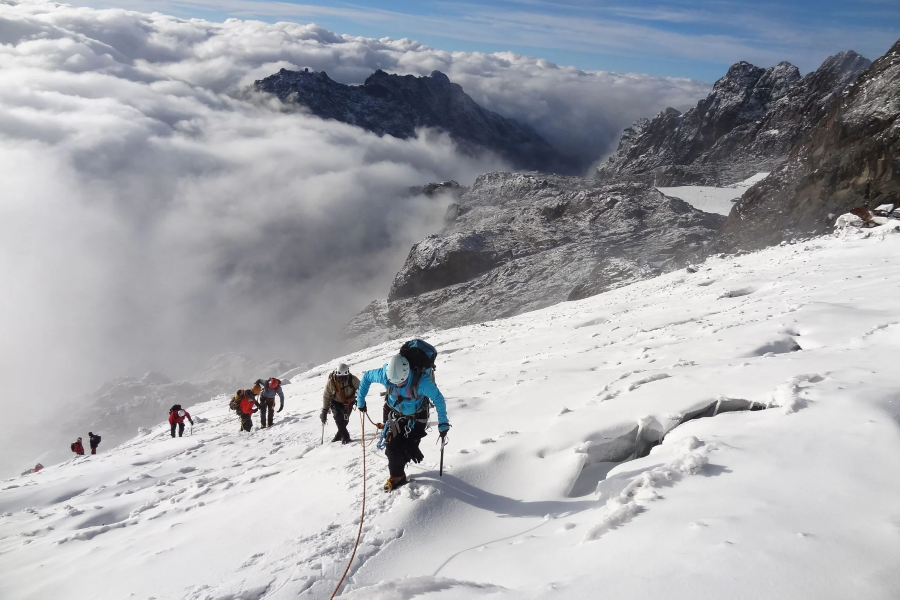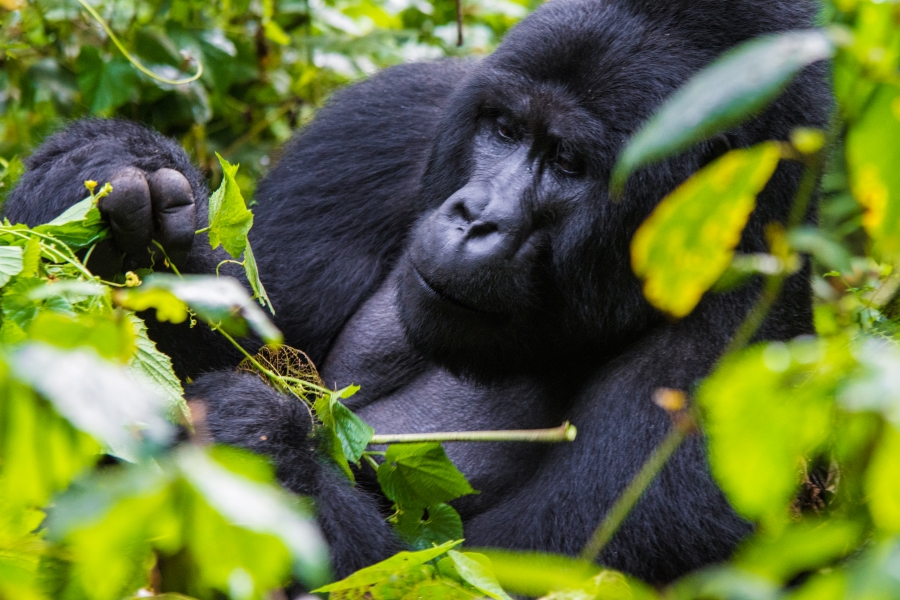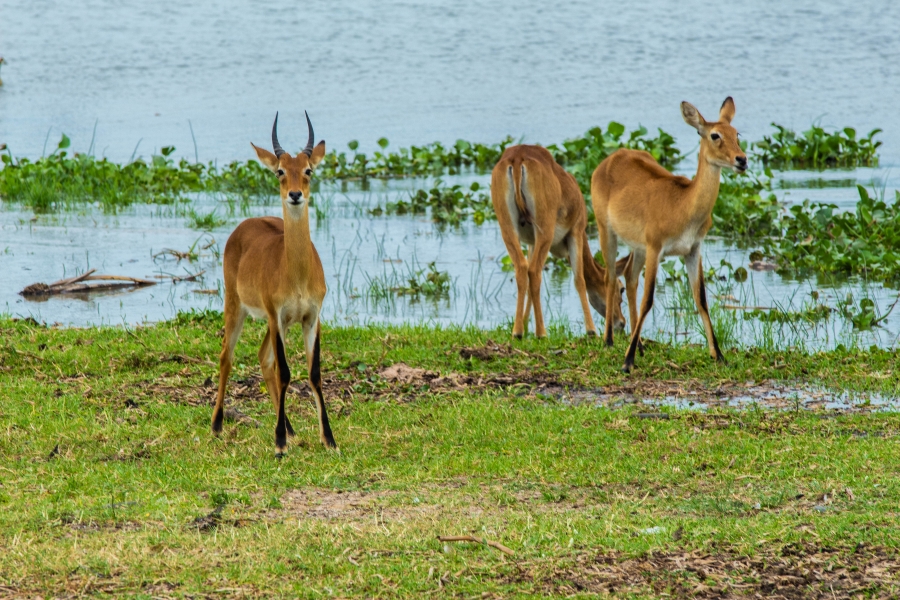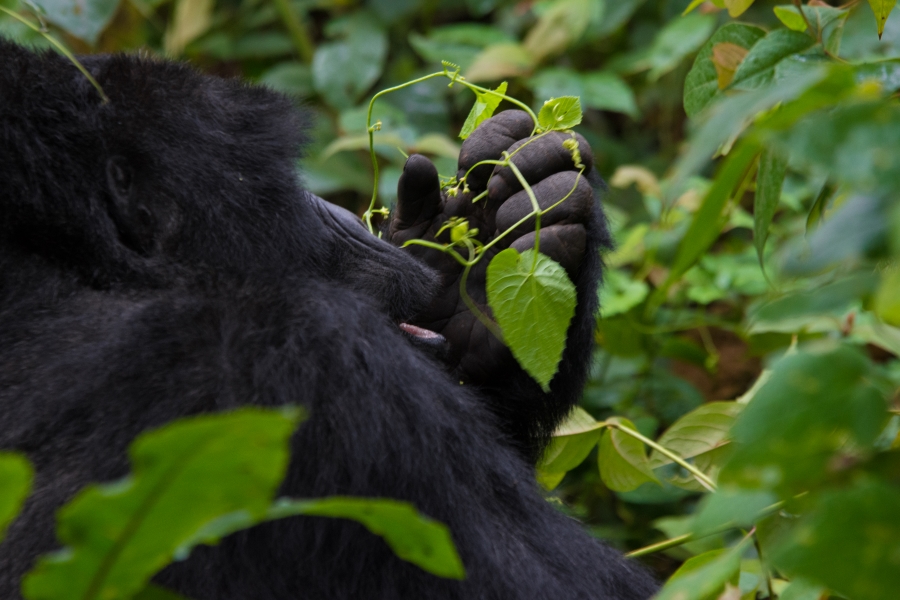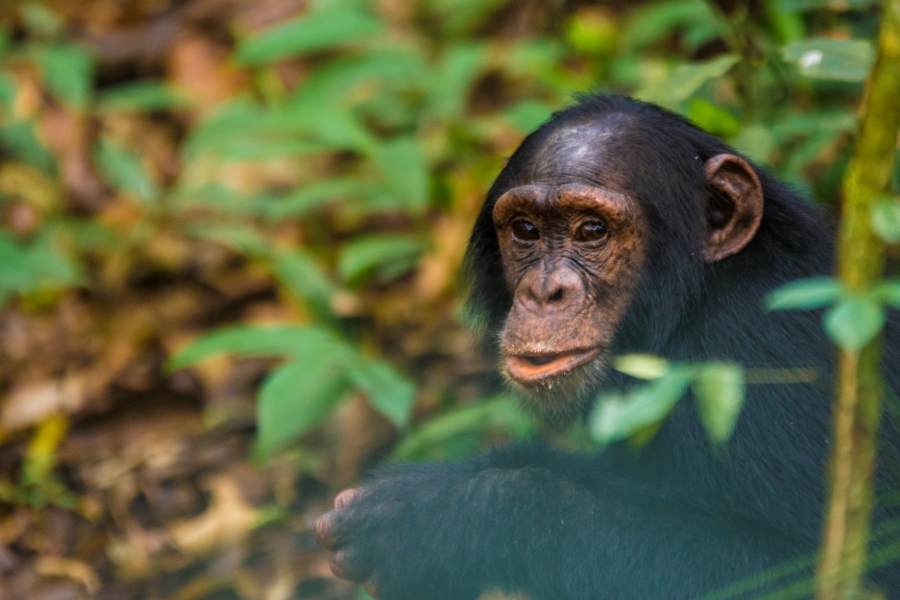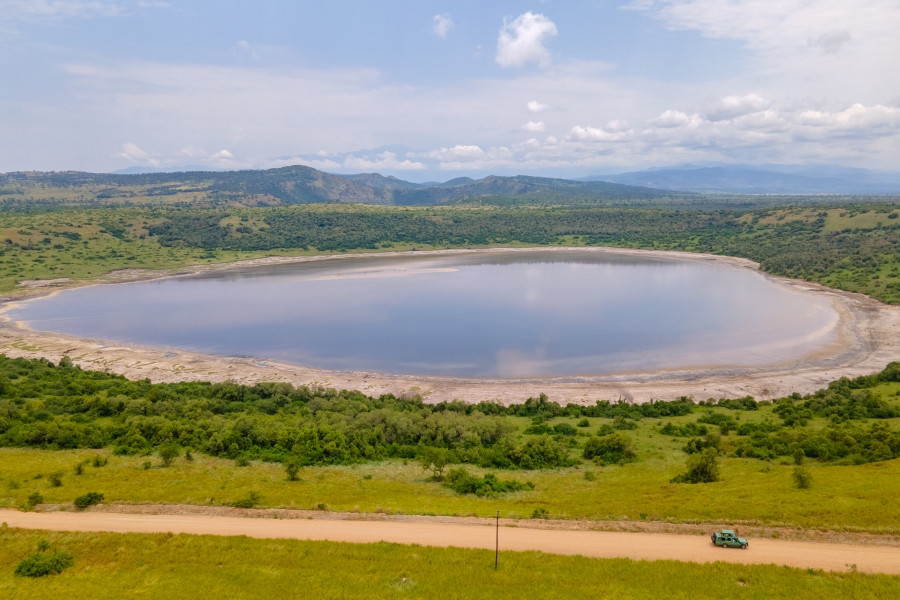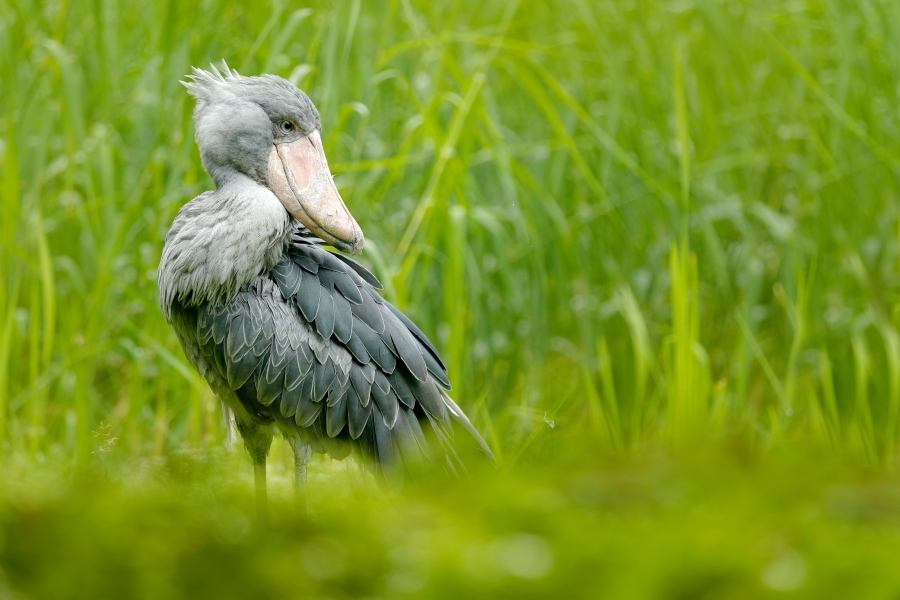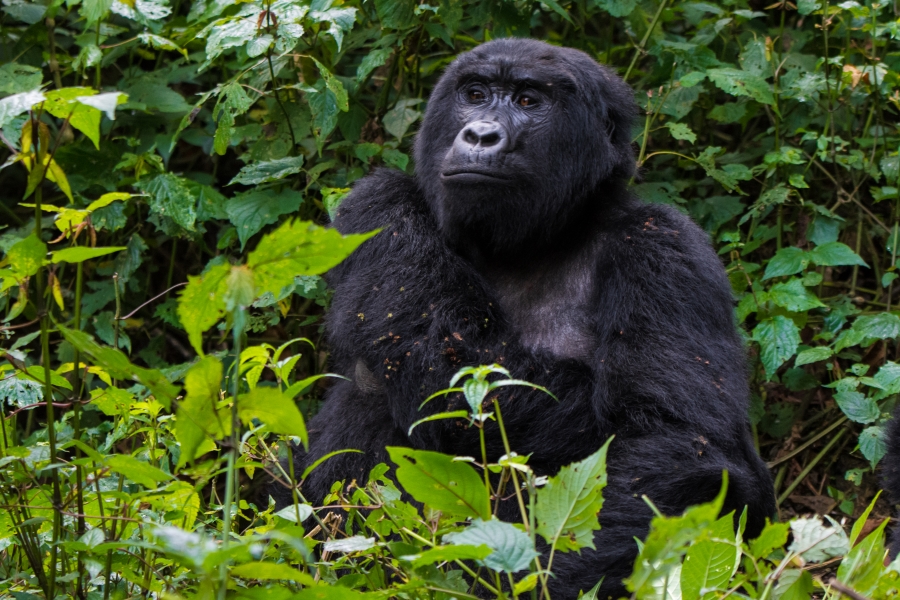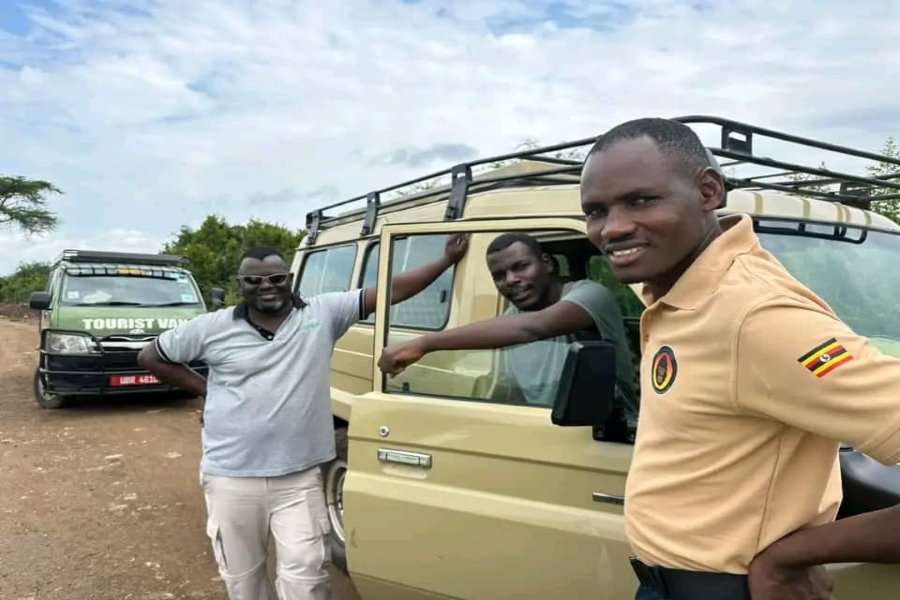Wildlife Game Drives

A Wildlife game drive is an adventure into the savanna grasslands viewing wildlife in the comfort of a 4×4 open truck that can seat up to 10 people. Wildlife Game Drives are one of the most popular ways to see wildlife in Africa.
Safaris are planned very carefully to coincide with when you are most likely to see wildlife. Interactive game drives last up to 3 hours and take place in the tranquil moods of sunrise and sunset.
At Myler Africa Safaris game drives are usually conducted in the early mornings, late afternoons or at night since these are the coolest times of the day when most animals are more active. During the game drive, our knowledgeable safari guides will introduce you to life in the savanna and share their infinite knowledge about African wildlife.
What is a game drive like?
An early game drive means an equally early wake-up call. Breakfast is served at about 6 am and at sunrise you head off on your early-morning African savanna wildlife game-drive. This has generally proved to be the best time to spot the wildlife, as the temperature is cool and the animals are still very active, plus the big carnivals that would be returning from a night of hunting.
Late morning game drives
After a few hours (approximately 3 hours), you will either return to your camp/lodge for a warm late breakfast or have a bush breakfast out on the plains and then return just before the heat of the day.
Usually, you can have lunch in the camp/lodge and spend the main part of the day either relaxing or using the amenities, such as an outdoor pool. You might have something to eat and drink at around 3 pm before heading out for another evening game drive.
Evening Wildlife Game Drives
Like the early morning, the evening game drive is often the best time to catch up with the African wildlife drama. The predatory animals begin to stir from their heat-of-the-day slumber, and similarly, their prey becomes ever more active and alert as darkness falls. Safari vehicles usually return just before dark in time for a shower, pre-dinner drinks and then dinner. The evenings are often rounded off with a few drinks around the campfire, warming toes and swapping safari stories.
Night Game Drives
Occasionally, you will have the opportunity to go on a game drive at night. Our Safari vehicles are equipped with powerful spotlights, as well as expert trackers who will generally spot any wildlife well before you will. This is often the best time to spot the elusive leopard, which more often than not will be high up in a tree. Night-time game drives give visitors a completely different perspective of the bush.
Where We Do Our Game Drives?
Murchison Falls National Park
Murchison Falls National Park is made up of Bugungu Wildlife Reserve, the Karuma Falls Wildlife Reserve and Murchison Falls Conservation Area and is home to more than 70 mammal species and 450 species of birds. The Nile bisects the park into two (Northern & Southern) with its riverbanks dotted with buffalo, hippos, and crocodiles, African elephants, lions, leopards, chimpanzees, and giraffes roam the forests and savannas.
Queen Elizabeth National Park
QENP is probably the most reliable Uganda park for lion viewing, which is particularly common on the grassy Kasenyi Plains but is more famous for its tree-climbing antics in the Ishasha sector. Leopard sightings are not as common as a few years back. Huge herds of buffalo and elephants are found in the savannah areas of the park. An amazing number of hippos inhabit the Kazinga channel on which daily boat trips are conducted. Chimps can be tracked, and several antelope and other primate species are present. Giraffes and zebra are absent.
Lake Mburo National Park
The park has a well-developed network of roads on the eastern side of the park. The game moves and congregates seasonally. Night drives are permitted. $25 per guide in the vehicle.
Best Time For Game Drive Safari
The best wildlife viewing game drive months are during the dry season from June to August and December to February. This is after the rains and the green is so profound, that animals come out to graze and the predators are very active. Additionally, the trails and roads are dry enough for a smooth drive.


